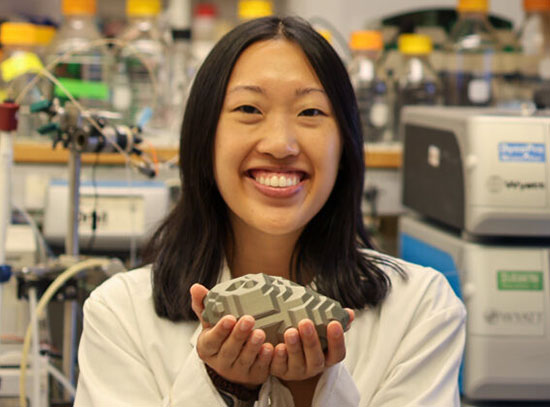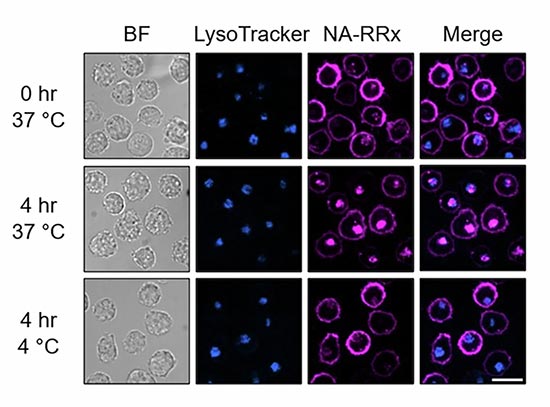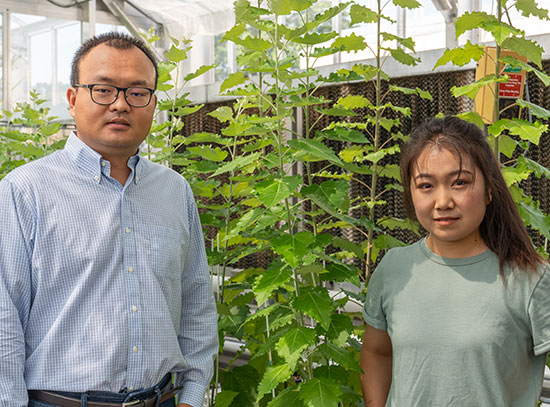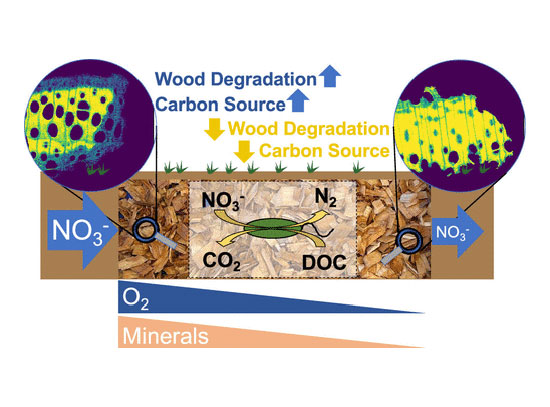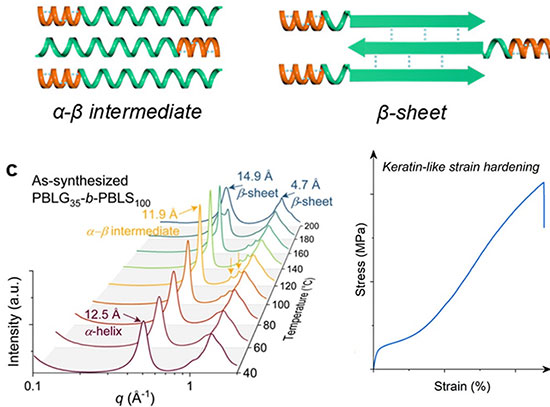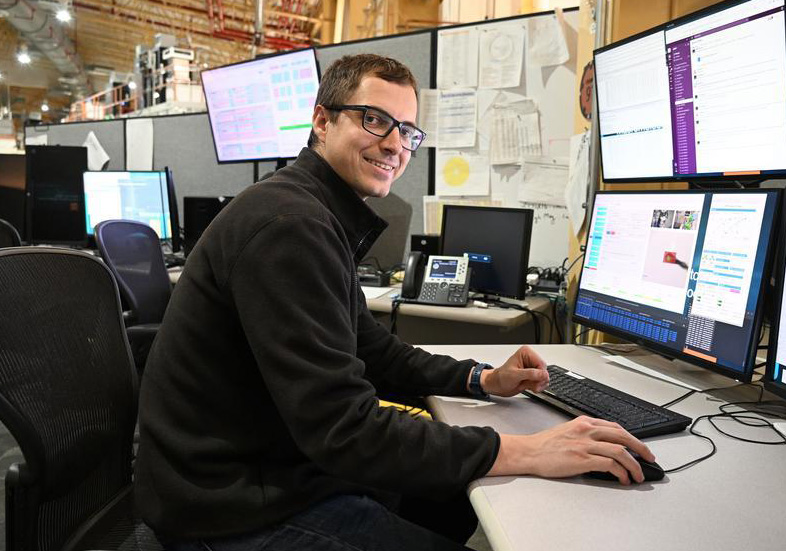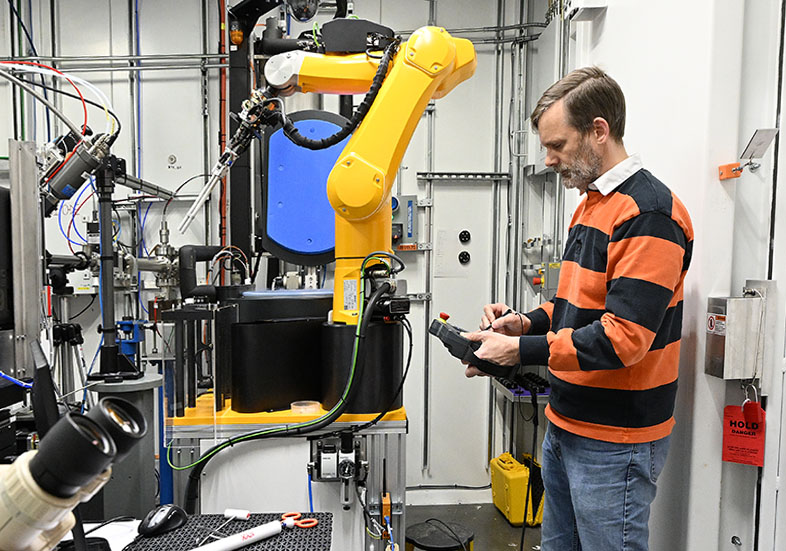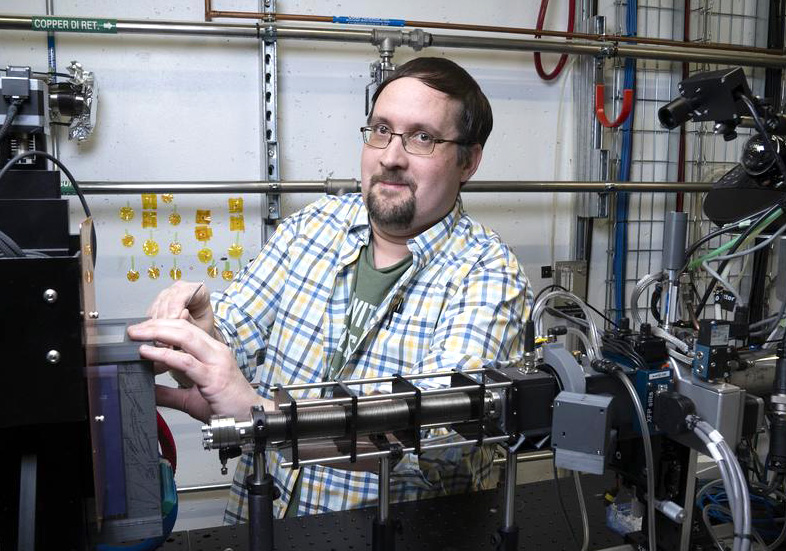
Investigating and understanding biology through molecular characterization and structure
The Structural Biology Program at Brookhaven Lab's National Synchrotron Light Source II (NSLS-II) enables discovery-class research on fundamental biological questions. Researchers can use the program's world-class instruments to investigate the atomic building blocks of a wide range of biological samples using state-of-the-art x-ray scattering and diffraction techniques. The program's scientific focus is to investigate the molecular structure and function of complex biomolecules using extremely small crystals and molecules in solution. The Structural Biology program is part of the Center for BioMolecular Structure.
Program Beamlines
Life Science X-ray Scattering
The LiX beamline is specifically designed for life science applications beyond crystallography. Using x-ray scattering and imaging techniques, LiX's diverse user community studies complex proteins and macromolecules in solution. Researchers can choose from a broad range of x-ray-based techniques to investigate the properties of proteins and macromolecules in vivo.
X-ray Footprinting of Biological Materials
The XFP beamline is designed for studying the dynamics and structure of biological macromolecules in solution. XFP provides researchers with a versatile setup and intense broadband x-rays for investigating the interactions of biological macromolecules in vivo. The beamline is operated by the Case Western Reserve University Center for Synchrotron Biosciences. .
Highly Automated Macromolecular Crystallography
The AMX beamline is designed to meet the needs of bioscience researchers by revealing the structures and functions of protein complexes. AMX offers researchers a fast and efficient way to quickly discover the best crystals among available specimens and then to investigate them with high precision using state-of-the-art detector systems.
Frontier Microfocusing Macromolecular Crystallography
The FMX beamline is optimized to solve bio-crystallographic challenges by offering researchers access to its unmatched micron-sized x-ray beam and high photon flux. Researchers can benefit from the fast sample exchange and temperature-controlled sample environment at FMX.
Biological Microdiffraction Facility
The NYX beamline offers hard x-ray macromolecular crystallography with high energy resolution for the finer examination of proteins and complex biological molecules. The beamline is developed and operated by the New York Structural Biology Center.
-
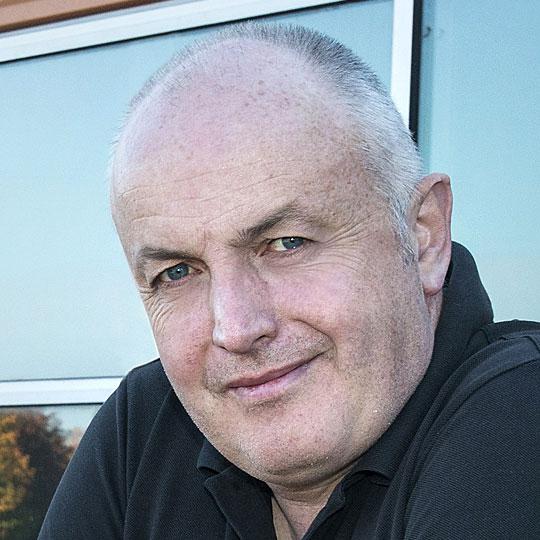
Sean McSweeney
Biological, Environmental, & Planetary Sciences Division Director
(631) 344-4506, smcsweeney@bnl.gov
Structural Biology News
Our Partners


The Center for BioMolecular Structure (CBMS) is primarily supported by the National Institutes of Health, National Institute of General Medical Sciences (NIGMS) through a Center Core P30 Grant (P30GM133893), and by the DOE Office of Biological and Environmental Research (KP1607011). As part of NSLS-II, a national user facility at Brookhaven National Laboratory, work performed at the CBMS is supported in part by the U.S. Department of Energy, Office of Science, Office of Basic Energy Sciences Program under contract number and DE-SC0012704.

NSLS-II partners with the New York Structural Biology Center to develop and operate the NYX beamline for structural investigation on biological samples.

NSLS-II partners with the Case Western Reserve University Center for Synchrotron Biosciences to develop and operate the XFP beamline.

NSLS-II partners with Arizona State University to develop advanced serial crystallography instrumentation for the FMX beamline.




